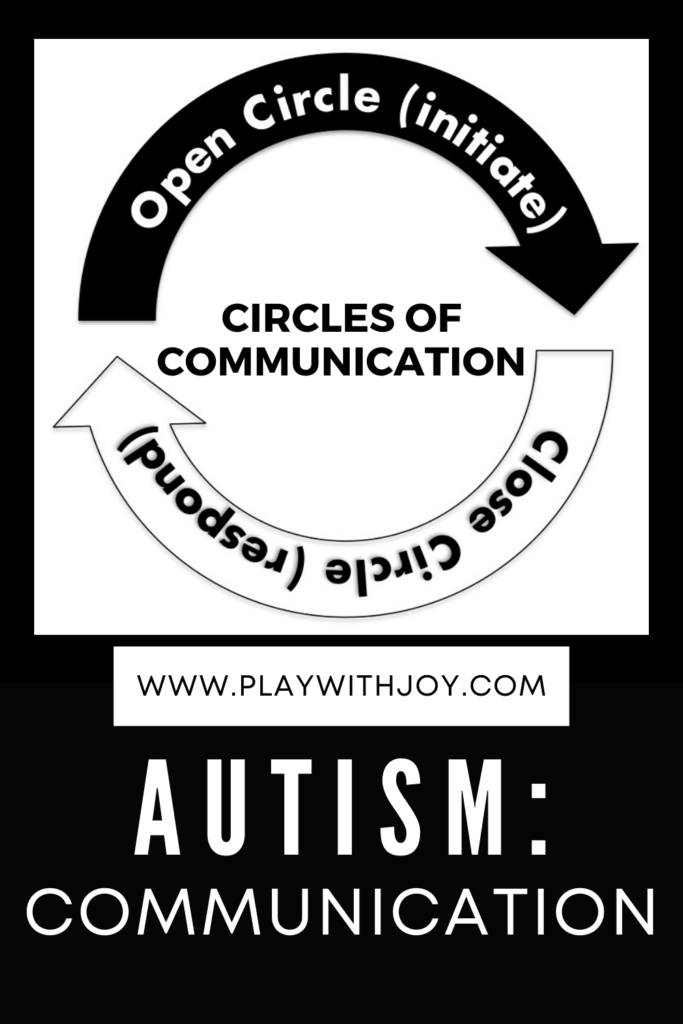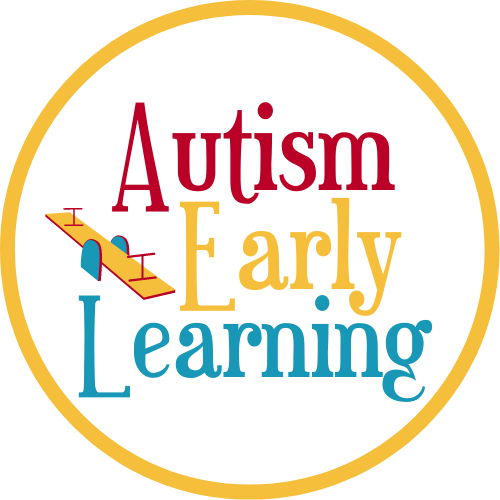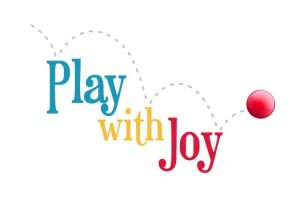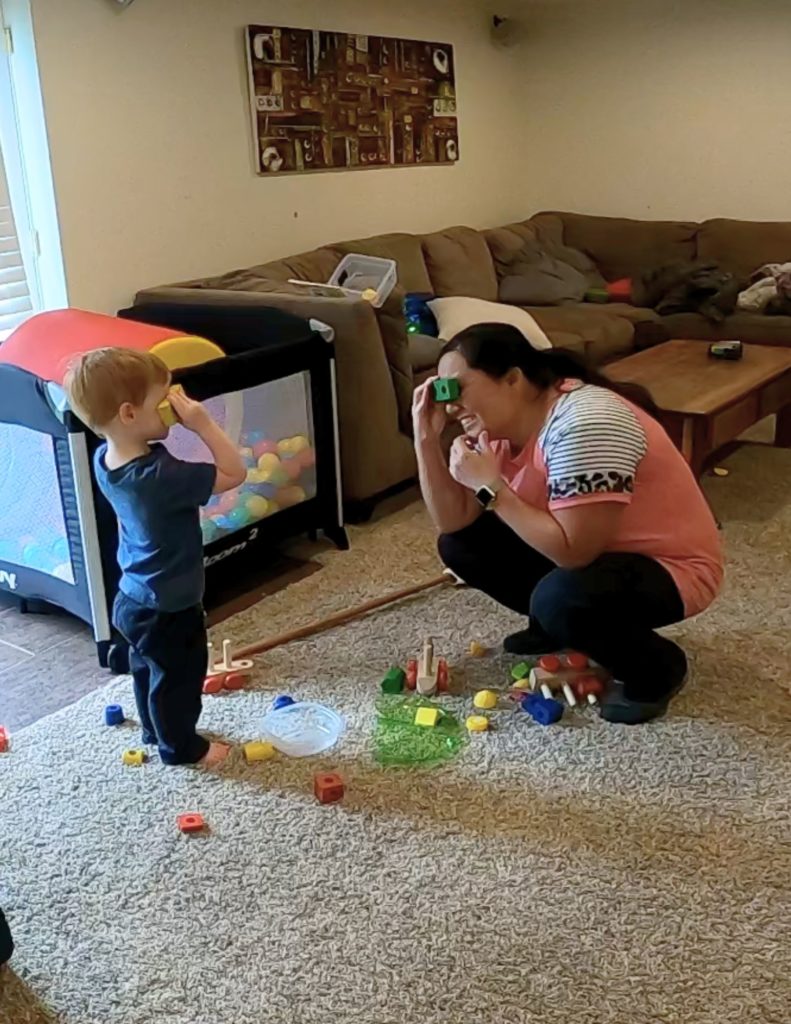What is a Circle of Communication?
The first half of the circle is the initiation (someone knocks on the door) and the second half is the response (someone else opens the door). There are all different sizes of circles. Some are big and obvious, and some are more subtle. There are times that we may miss them if we’re not paying close attention.
A big circle might be calling someone’s name and them turning around and saying “what?” A smaller circle might be when you’re playing chase and your child glances back at you to see if you’re still coming. A really subtle circle might be when you say “I’m gonna get you!” and the child’s eyes widen.

Circles can be tricky to count at times, but the important thing is just recognizing this back and forth interaction. As we look at our world around us, it is all about these back and forth interactions with others. Relationships are based on these back and forth interactions. Think of all the things that require circles of communication. Most learning involves a back and forth interaction whether it’s imitating or following directions.
In general, we first want to work on the quantity of circles. Find ways to increase circles to 20+ consecutive circles in a variety of different interactions or activities. Once a child is consistently getting 20+ circles of communication then you can start working on the quality of the circles, looking for the bigger circles.
Circles do not have to be verbal circles, a kid who does not talk yet can get hundreds of back and forth circles without saying a word. How do we do it? We do it through PLAY. It is important that as children learn to increase their circles of communication that we are giving them opportunities to express themselves on their own. We can tell a kid what to do every step of the way, but how much more rich and motivating would it be if the child is giving us cues of what they want instead. We need to follow their lead.
A Balance Of Opening and Closing Circles
Sometimes kids may be good at closing circles but opening circles is more difficult. Other kids may be opposite where they can open circles, but don’t respond (closing the circle) when someone else opens a circle. And some kids may find both challenging.
When I first meet with a family, I always spend 15-20 minutes just watching them play. As adults, we like to lead the play a lot. We give a lot of directions and we ask a lot of questions. We’re really good at opening circles. When we do that, we’re only allowing the child to close circles. We want a balance, and in the beginning we may actually want the child opening circles more than closing. We want them to be motivated to communicate.
One thing you can do to help a child increase circles of communication is to give more wait time. Don’t be in a rush to say “what should we do?” or “let’s play…” or “put that over there” Give your child time to process what they want to do and to open a circle to let you know what they want to do. This can be through spoken words, signs, gestures, facial expressions, etc.
One more tip. Don’t discount what your child is doing to communicate. If your child gestures that they want something, you can playfully act like you misunderstood to get 1-2 more circles (playfully being the key word), but don’t say “Say milk, say milk.” Try not to give too many verbal prompts, allow your child to problem solve how to express their ideas to you.
Having these circles of communication is really important, and is a pre-requisite to having conversations, or engaging in higher levels of play. Try to count how many consecutive circles your child has a time, and try to expand on that. If there’s so many it’s hard to count, great! Instead of working on the quantity of cirlces, start to work on the quality.
Learn How To Increase
Circles Of Communication In The
Early Intervention Tutorials

To gain full access to the Circles Of Communcation tutorial and 70+ other activity and technique tutorials, become a member of The Early Intervention Tutorials
As a member of the EI Tutorials, you will learn how to:
- Identify a child’s developmental level
- Understand the stages of play
- Learn how to help a child with limited play skills
- Implement specific techniques to increase communication and engagement
- Adapt activities to different stages of development
- Target specific developmental skills, including: communication skills, cognitive skills, executive functioning, motor skills, social skills, and adaptive skills





